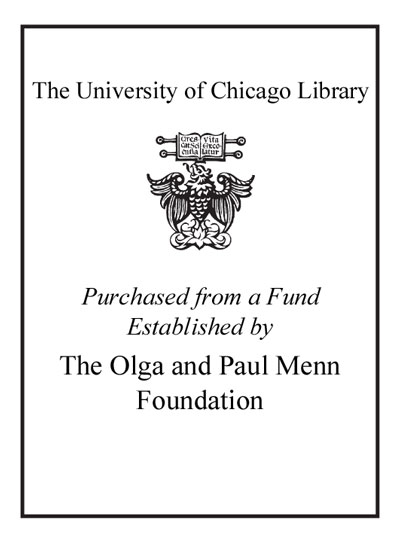| Summary: | This acclaimed study, available in English for the first time, looks at the music of Jean Sibelius in its biographical context. Myths have surrounded Sibelius [1865-1957] and his work, for more than 100 years, often diverting attention away from his creative output. Drawing on many unpublished sources, Mäkelä's study leads us back to Sibelius as a musician and a 'poet' of universal validity. Chapters examine the composer's creativity, inspiration, influence, aspects of genre, as well as the relationship of the artist with nature and homeland. Those who knew Sibelius at an early age tell of a youthful bohemian in the midst of European decadence. This 'age of Carmen' [Eduard Munch] marked Sibelius's formative years. The composer's most important works, dating from a time between his third symphony and Tapiola, reflect the modernistic mainstream. Sibelius's last three decades, known as the 'Silence of Ainola', have inspired the masculine clichés that this book deconstructs. Sibelius was one of the least political artists of his time who nevertheless became heavily politicized. The first supreme musical talent in the region, he gave his nation a genuine sound. Europeans of the late nineteenth century showed increasing affinity with Nordic culture. Aino, Sibelius's wife, was instrumental in creating the image of her husband as a Nordic icon. The book closely scrutinizes this popular image. In an Anglo-American artistic context his mix of regionalism and modernity remained attractive even when these elements went out of fashion in the art movement of continental Europe. Ideas of Finland and the North vastly influenced the interpretation of meaning in Sibelius's music, a music that until this day remains enigmatic [Publisher description]
|
|---|

